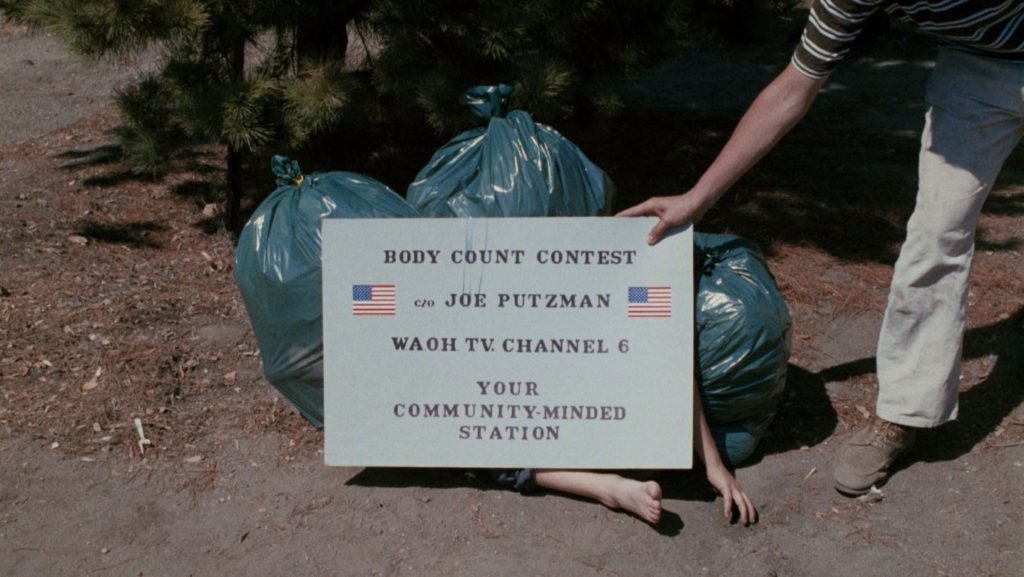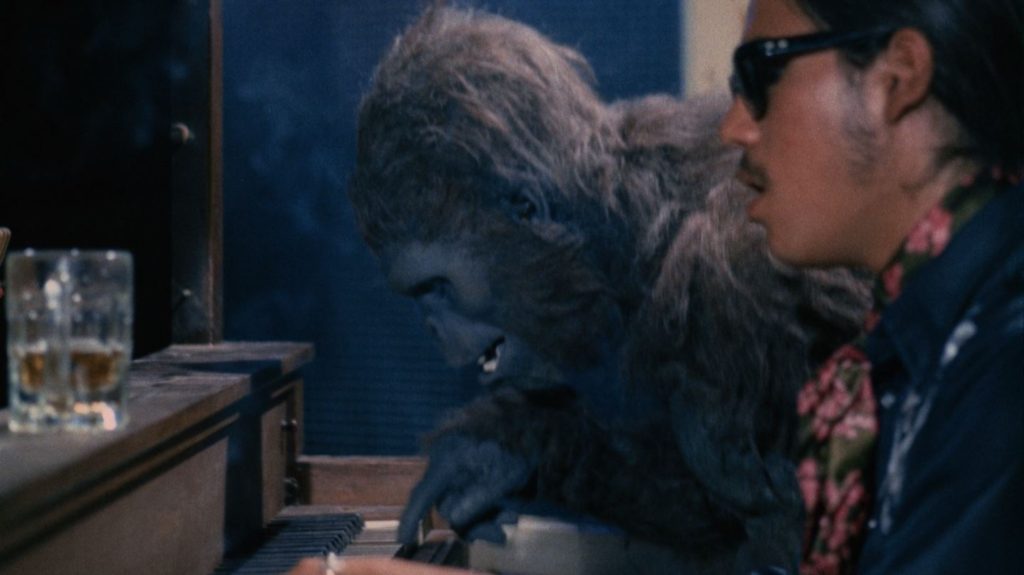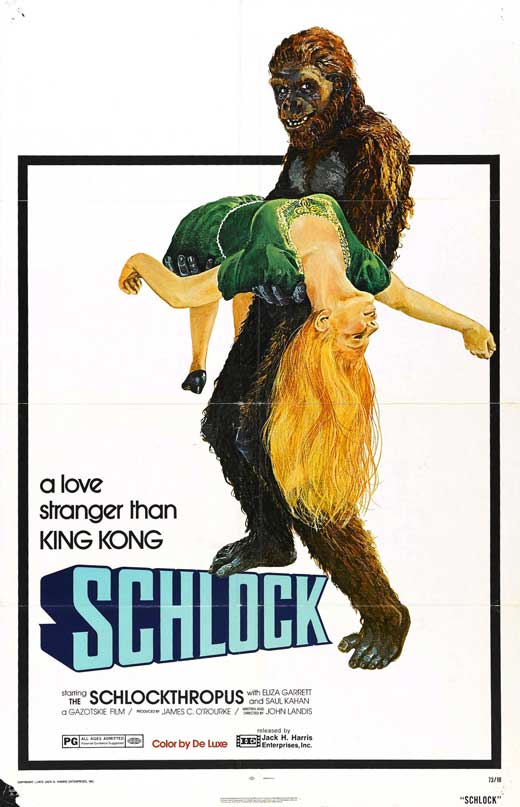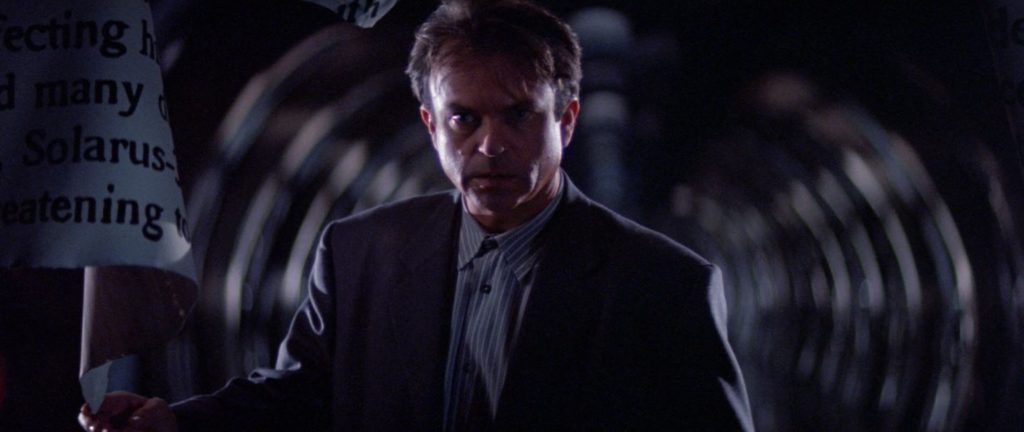 In the Mouth of Madness (1994) was the first John Carpenter horror film I saw in the theater on its initial release. I had seen a few other Carpenter films on the big screen – Starman (1984) and Memoirs of an Invisible Man (1992), both unmemorable to me – but this was the first one I went into as a fan. Later, I was working at a video store in Milwaukee when it was released on VHS, and I brought home the 3-D cardboard promotional stand-up featuring Sam Neill peering through the gigantic torn pages of a book, looking straight into the cosmic abyss. (Unfortunately, I don’t still have it. You can’t expect a college freshman to hold onto anything for long.) To this day it’s one of my favorites of Carpenter’s, though it’s been overlooked given the nostalgia for his 80’s prime. Produced by New Line and written by Michael De Luca (who was the President of Production at New Line at the time), In the Mouth of Madness is both a love letter to the horror genre and to Carpenter’s own fans. There’s even a wriggling-tentacles-under-the-door shot that could have been lifted from The Thing (1982).
In the Mouth of Madness (1994) was the first John Carpenter horror film I saw in the theater on its initial release. I had seen a few other Carpenter films on the big screen – Starman (1984) and Memoirs of an Invisible Man (1992), both unmemorable to me – but this was the first one I went into as a fan. Later, I was working at a video store in Milwaukee when it was released on VHS, and I brought home the 3-D cardboard promotional stand-up featuring Sam Neill peering through the gigantic torn pages of a book, looking straight into the cosmic abyss. (Unfortunately, I don’t still have it. You can’t expect a college freshman to hold onto anything for long.) To this day it’s one of my favorites of Carpenter’s, though it’s been overlooked given the nostalgia for his 80’s prime. Produced by New Line and written by Michael De Luca (who was the President of Production at New Line at the time), In the Mouth of Madness is both a love letter to the horror genre and to Carpenter’s own fans. There’s even a wriggling-tentacles-under-the-door shot that could have been lifted from The Thing (1982).
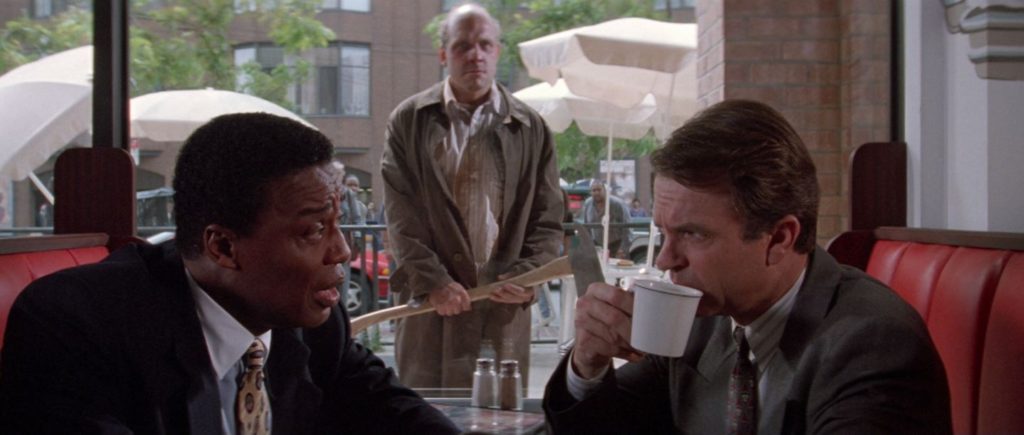
“Have you read Sutter Cane?”
Neill plays John Trent, a cynical insurance fraud investigator who’s always lighting a cigarette and is introduced like Jake Gittes in Chinatown – showing a nervous man incriminating candid photos. Trent has seen it all, which means, in a movie like this, that he’s about to find out he hasn’t. This film noir type is about to step unwittingly into a different genre film and discover that his skills leave him ill-equipped to cope with cosmic horror. (Regarding blending noir with the occult, there was something in the water in the early 90’s, because the following year Clive Barker brought his occult detective Harry D’Amour to the big screen in Lord of Illusions; and a few years earlier, in 1991, Cast a Deadly Spell placed Fred Ward’s Detective H. Philip Lovecraft in a black magic filled alternate 40’s Los Angeles.) A publisher, played by none other than Charlton Heston, hires Trent to find their missing star writer, Sutter Cane (Jürgen Prochnow, Dune). Horror author Cane is bigger than Stephen King, we’re told; bookstores are filled with his titles and posters adorn buses and alleyways, and some fans have become so affected by Cane’s novels that they’ve shown signs of mental illness. Trent is convinced that the job is just a publicity stunt to promote Cane’s upcoming novel In the Mouth of Madness, but after learning that the man who recently attacked him in a restaurant with an ax was Cane’s literary agent (“Do you read Sutter Cane?” the maniac asks), he begins an investigation. He immerses himself in Cane’s oeuvre and suffers nightmarish hallucinations that seem too real. He slices up the covers of Cane’s books to construct a map pointing to Cane’s fictional town of Hobb’s End. With Cane’s editor Styles (Julie Carmen) at his side, he drives through cornfield-bordered country highways in search of a town that shouldn’t exist. It does, and in its ancient evil church, unspeakable things are being summoned by the writer who conjured all this into being.
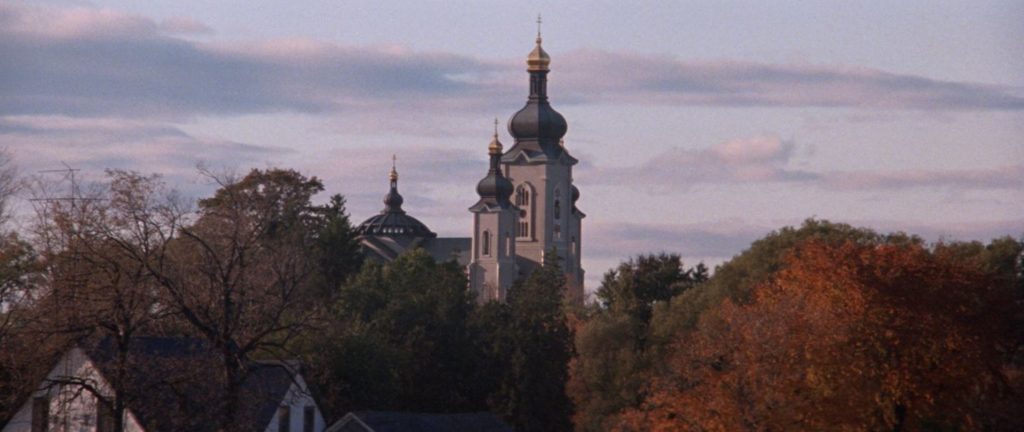
The unholy temple of Hobb’s End.
Hobb’s End, like the character of Cane himself, is many things. It’s a little bit of H.P. Lovecraft’s haunts, Dunwich, Arkham, and Innsmouth. It’s a little bit of King’s Castle Rock, Derry, and Jerusalem’s Lot. The name is taken from another source entirely, Nigel Kneale’s sci-fi/horror mash-up Quatermass and the Pit, first a 1958-59 British miniseries and then a classic 1967 Hammer film. In the film, Hobbs End is a London Underground station where excavators uncover a sinister alien presence; the name “Hob” is explicitly referenced in the story as another name for the Devil. Carpenter has cited the Quatermass films as a major influence on his work, and used “Martin Quatermass” as a pseudonym for his script for Prince of Darkness (1987), which also freely mixes horror with SF. (Kneale and Carpenter briefly collaborated for Halloween III: Season of the Witch, but had a falling-out during development.) Prince of Darkness, in fact, is the nearest thematic antecedent to In the Mouth of Madness in Carpenter’s body of work, and he has called this film the third in his “Apocalypse” trilogy, with The Thing being the first; though it should be noted that his “Cigarette Burns” episode of Showtime’s Masters of Horror feels like a semi-sequel to Madness.
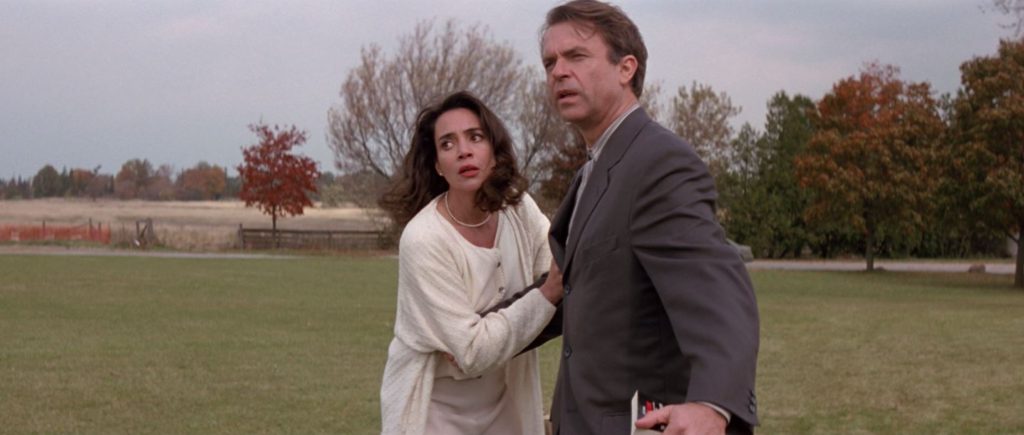
Sam Neill and Julie Carmen
All of these, of course, are just geek footnotes. Luckily, Madness is more than fan service. It’s quite convincingly a tale of madness – and a vivid apocalyptic vision. Granted, the apocalypse is coming from a seemingly absurd source. The screenplay is aware of the silliness of that idea and comments on it: this is just a bestselling author, not a religion, but what if? What if more people read his books than the Bible, doesn’t that give Hobb’s End more validity, couldn’t that rival religious faith? And what if that new faith could bring actual changes to this world? Once Trent actually becomes a believer, he’s challenged on this point – not everyone is going to be bothered to read In the Mouth of Madness – to which Trent points out that there’s also a movie. Carpenter makes the most of taking firm skeptic Trent on this journey into crazyland (which is foreshadowed with a prologue in which Trent is already in a padded cell, drawing crosses everywhere with a crayon). Throughout the film, whenever Trent sees something his mind can’t quite comprehend, he lights a cigarette, as though trying to root himself back into his old mindset; those gestures become more desperate as time goes on. It’s all just a publicity stunt, right? Aren’t all these madmen running loose in Hobb’s End just actors? Even that Pickman woman at the hotel front desk (she’s named, of course, for Lovecraft’s “Pickman’s Model”), who should be a murderer if Kane’s fiction is to be believed, and whose painting on the wall keeps…changing….?
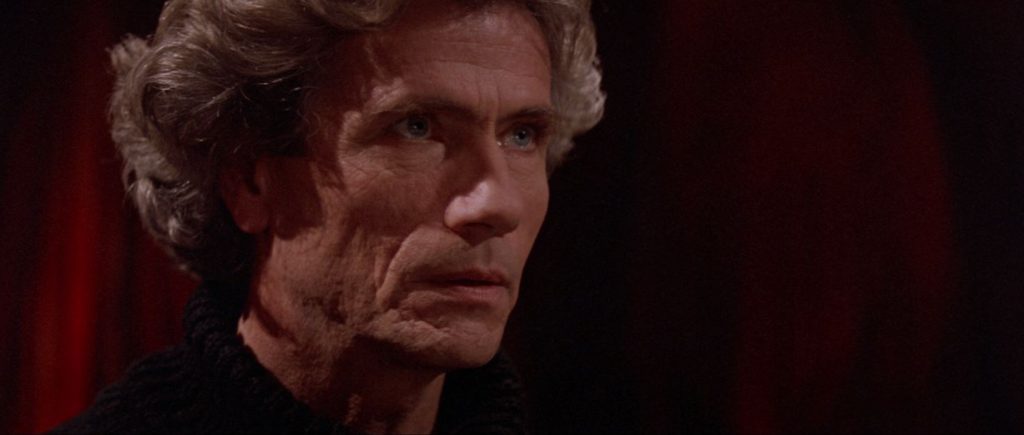
Jurgen Prochnow as Sutter Cane
The journey to Hobb’s End is one of my favorite setpieces Carpenter has ever filmed, told mostly from the point of view of Carmen’s character Styles, driving in the middle of the night while Trent naps. She overtakes a teenage bicyclist, and watches him disappear in her rear-view mirror, lit red and shuddering by the glow of her tail lights like a hellish phantom from a movie by David Lynch. Then she passes him again, impossibly, and he’s now aged, with long white hair and pruned skin. And then she passes him again. Briefly the road disappears beneath her, and when she rolls down the window and looks down, she’s driving above the clouds. All this culminates in suddenly traveling through a covered bridge and emerging in broad daylight, as though she’s escaped the Headless Horseman. Trent wakes up, and she insists he drive from here on out. More strange occurrences ensue, and Styles, inside an unholy chapel where Kane still types away, gets to read In the Mouth of Madness. She goes insane. Is it because she’s reading the very story she occupies, like the characters’ taboo glimpse of the Saragossa Manuscript in the film The Saragossa Manuscript (1965)?
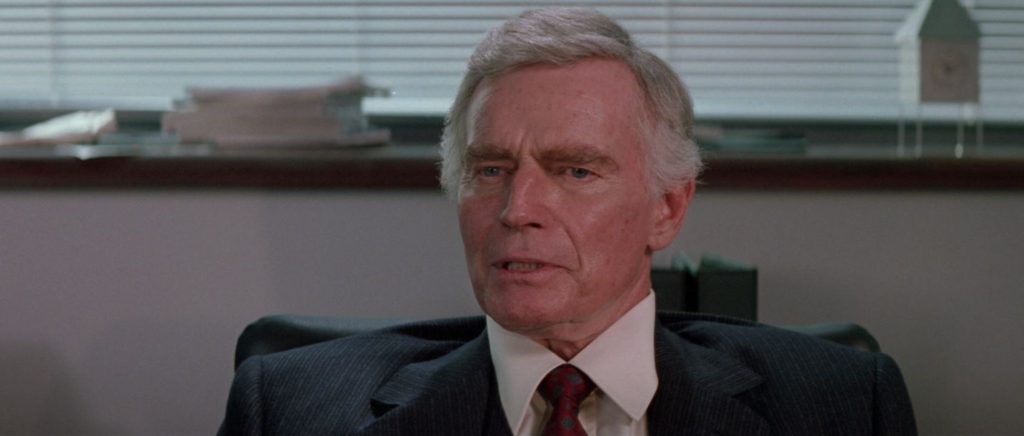
Charlton Heston as Jackson Harglow
In the end, the film we’re watching begins to consume itself, as Trent, bag of popcorn in hand, seats himself in a theater and watches the film we’re watching. When I first saw In the Mouth of Madness, I thought the ending was anticlimactic. I wanted much more. On subsequent viewings it’s become less of an issue, because the structure is not so much building toward a climax as a disintegration. This is truly an apocalyptic film, and recounting, as these films do, how we got to the end of all things. And there is no Big Bad to defeat, because the enemy is not those dimly-glimpsed Lovecraftian Old Ones that come crawling down a long corridor toward the fleeing Trent in the closest the film comes to a climax; it’s what they represent, the very crumbling of reality and the final tumbling bricks of Trent’s sanity. (Funny enough, on a rewatch you can trace the exact moment when Trent cracks. It’s not here, but a few scenes later – when the god-like Cane tints the whole world blue just to prove to Trent that he can. Was he foretelling how all Hollywood movies would look in the 21st century?) You also learn, on revisiting this film, that it’s not the ending but all the imaginative touches along the way that make it worth those revisits. Carpenter gives us a whole Disneyland of horror. If Hobb’s End were a real place, I’d be online now making my reservations at the Pickman Hotel.
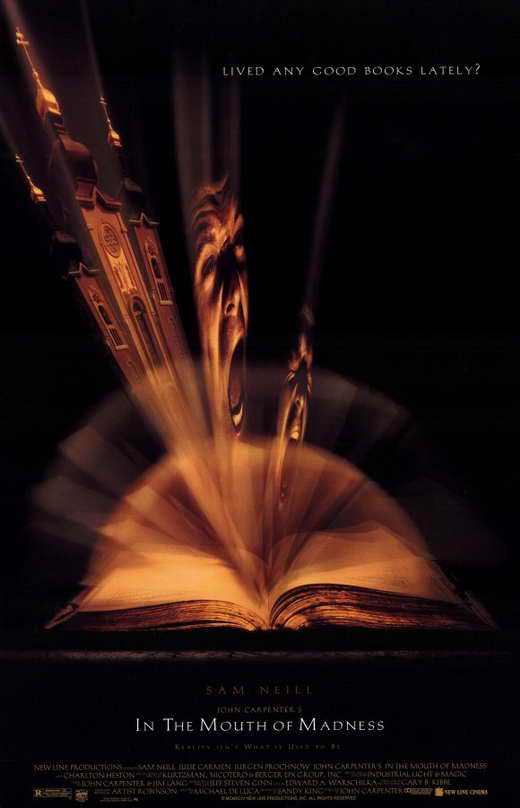
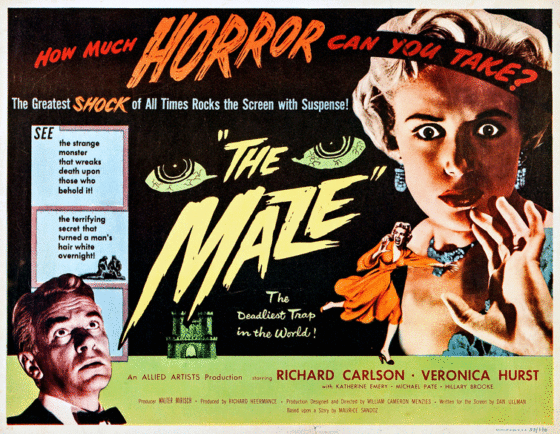
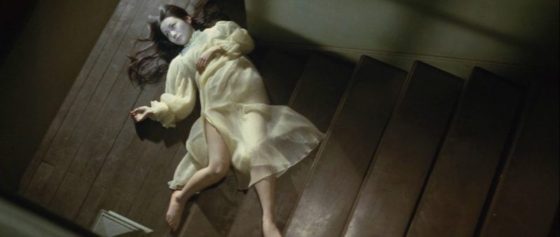
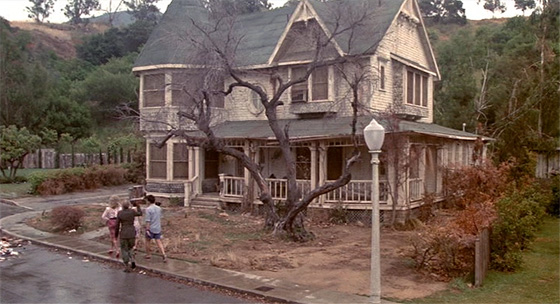
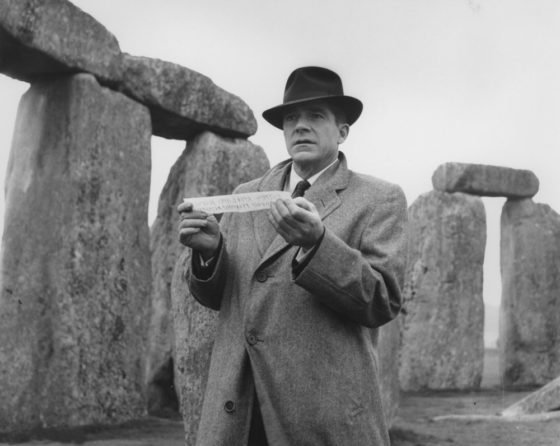
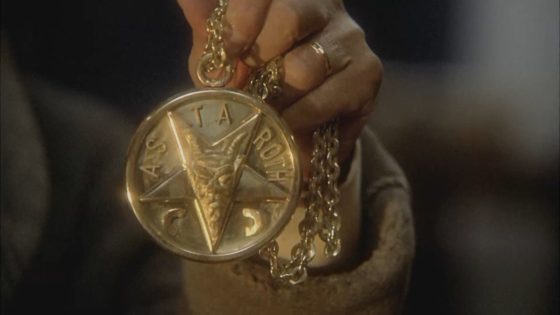
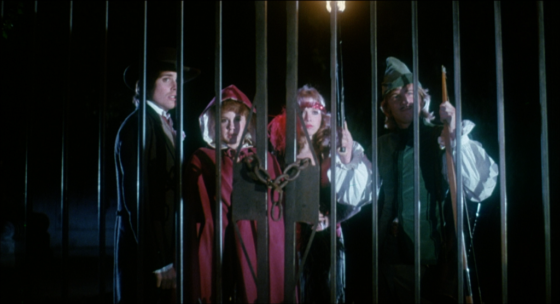
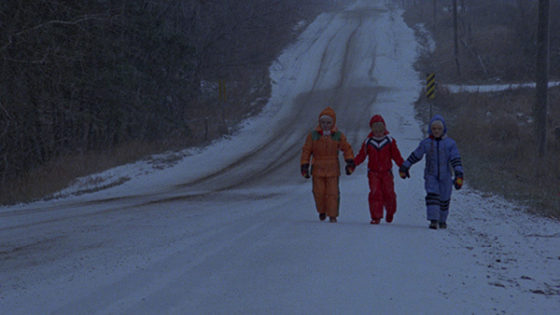
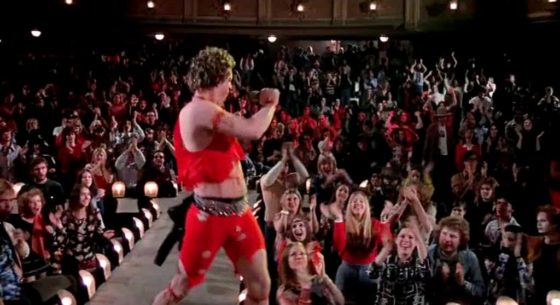
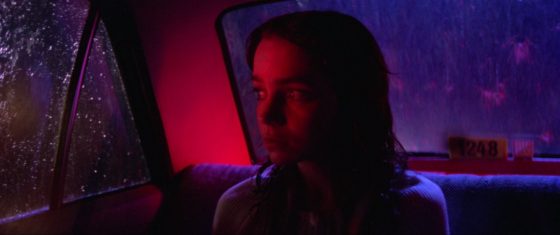
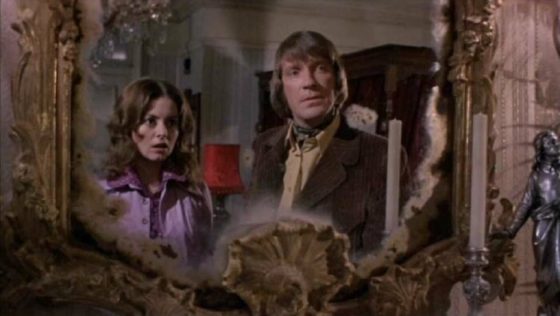
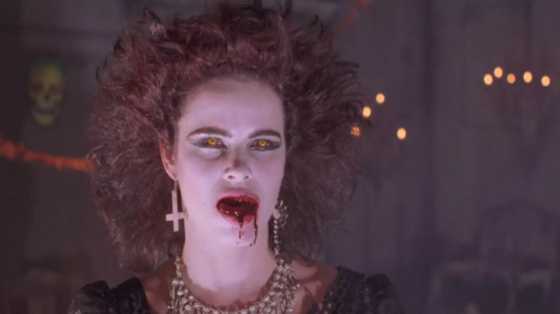
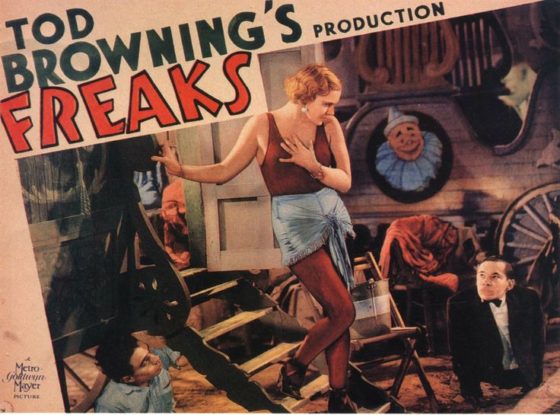
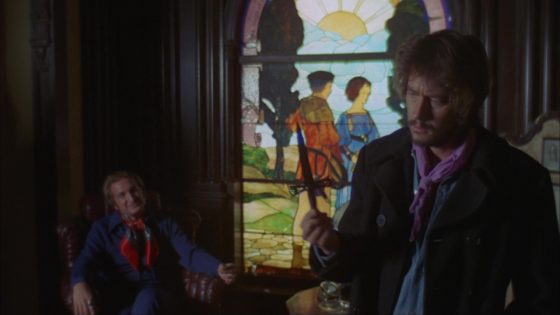
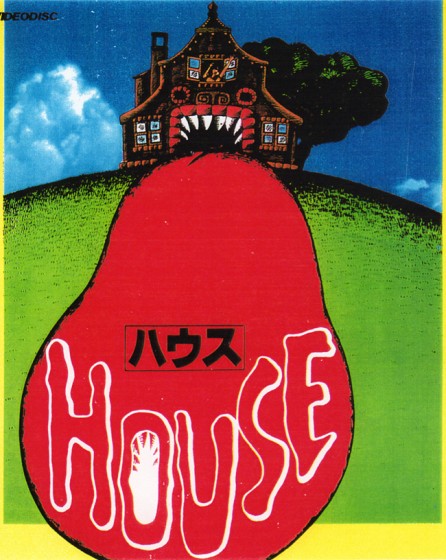
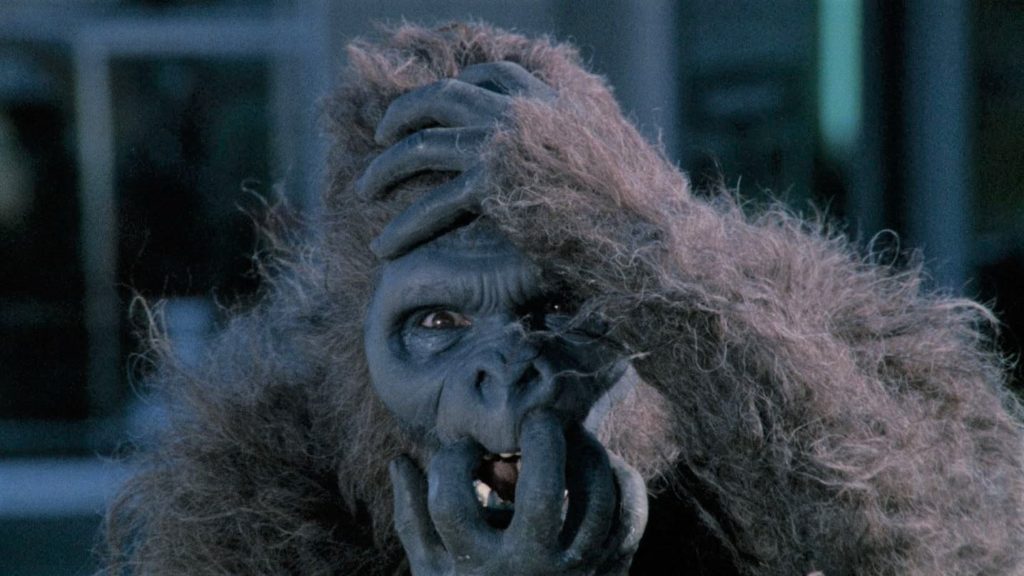 Having bounced around Hollywood for a few years as an extra, a stuntman, or in any capacity that studios would hire him, a lanky, long-haired, 21-year-old John Landis lost patience waiting for opportunities to direct – so he made a film himself. Ostensibly inspired by the terrible Trog (1970), in which Joan Crawford obsesses over a troglodyte, his Schlock (1973) marked a number of firsts in a filmography tied together by running gags, in-jokes, and familiar faces. It was his first mention of “See You Next Wednesday,” a non-existent film whose title is taken from a random line of dialogue in 2001: A Space Odyssey (1968). It was his first use of a man in an ape suit – here played by Landis himself. It was the first expression of his particular sense of humor: a little lowbrow, a little slapstick, more than a little anarchic. It was his first collaboration with Rick Baker, a makeup artist still living in his parents’ house when Landis hired him to make a primate costume on the cheap. The result, incidentally, was of a higher quality than Schlock deserved or even intended. Landis wanted a monster that looked hokey but which the characters took seriously – that was the gag. Baker, hungry and talented, was shooting for something that would live up to 2001‘s opening sequence, to suit the film’s many references to Kubrick’s masterpiece (for crying out loud, even “Heywood Floyd,” the character played by William Sylvester, gets a shout-out). Several years later, Baker would be winning the Academy Award for Best Makeup on An American Werewolf in London (1982), the film Landis had been waiting to make since he wrote it as a teenager.
Having bounced around Hollywood for a few years as an extra, a stuntman, or in any capacity that studios would hire him, a lanky, long-haired, 21-year-old John Landis lost patience waiting for opportunities to direct – so he made a film himself. Ostensibly inspired by the terrible Trog (1970), in which Joan Crawford obsesses over a troglodyte, his Schlock (1973) marked a number of firsts in a filmography tied together by running gags, in-jokes, and familiar faces. It was his first mention of “See You Next Wednesday,” a non-existent film whose title is taken from a random line of dialogue in 2001: A Space Odyssey (1968). It was his first use of a man in an ape suit – here played by Landis himself. It was the first expression of his particular sense of humor: a little lowbrow, a little slapstick, more than a little anarchic. It was his first collaboration with Rick Baker, a makeup artist still living in his parents’ house when Landis hired him to make a primate costume on the cheap. The result, incidentally, was of a higher quality than Schlock deserved or even intended. Landis wanted a monster that looked hokey but which the characters took seriously – that was the gag. Baker, hungry and talented, was shooting for something that would live up to 2001‘s opening sequence, to suit the film’s many references to Kubrick’s masterpiece (for crying out loud, even “Heywood Floyd,” the character played by William Sylvester, gets a shout-out). Several years later, Baker would be winning the Academy Award for Best Makeup on An American Werewolf in London (1982), the film Landis had been waiting to make since he wrote it as a teenager.